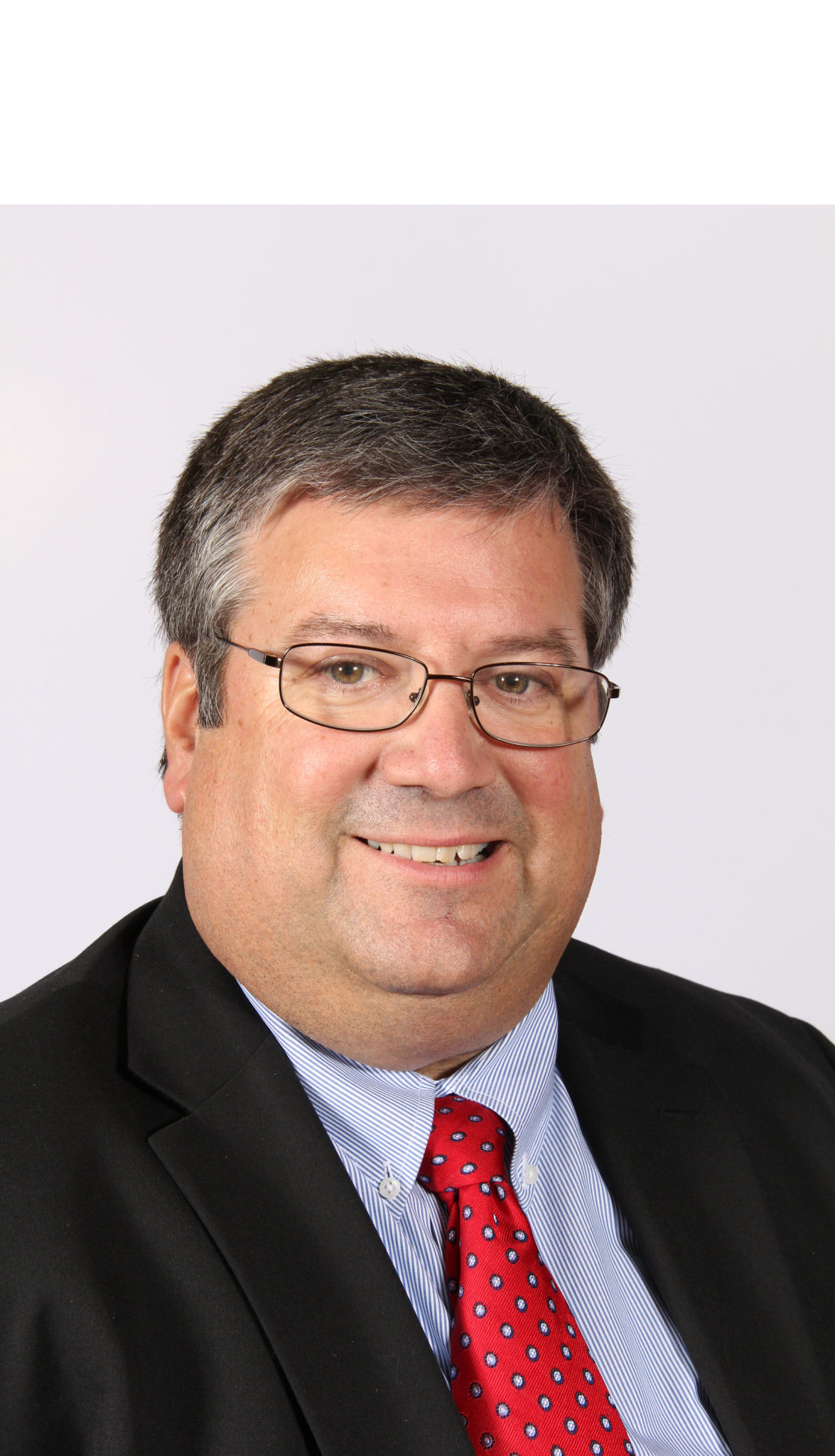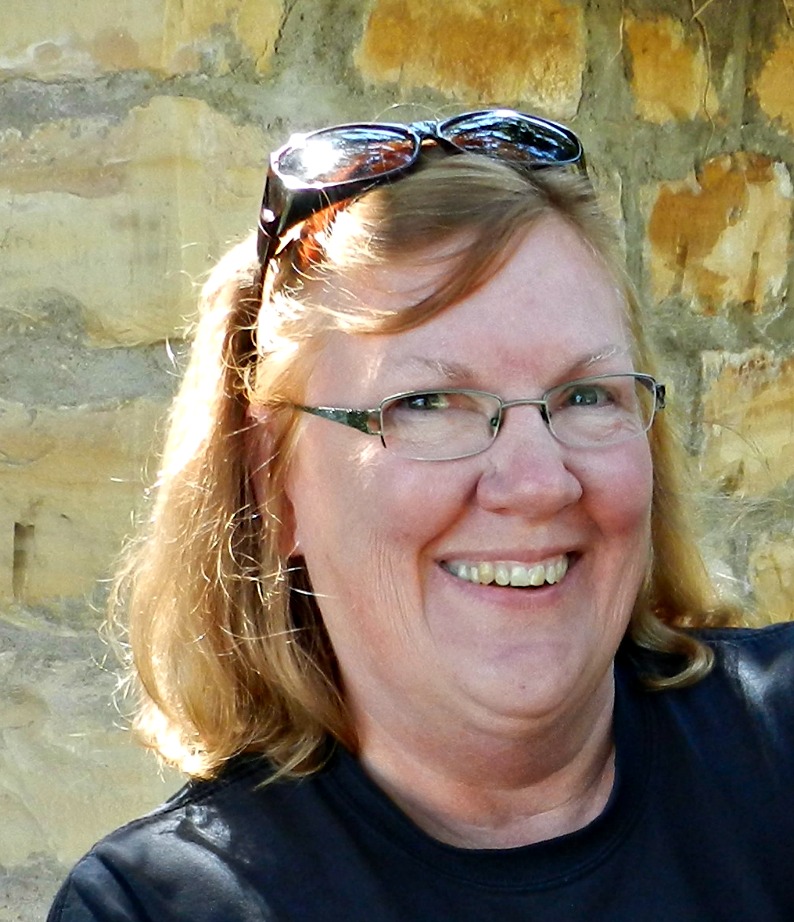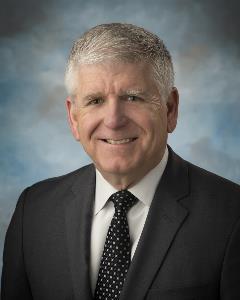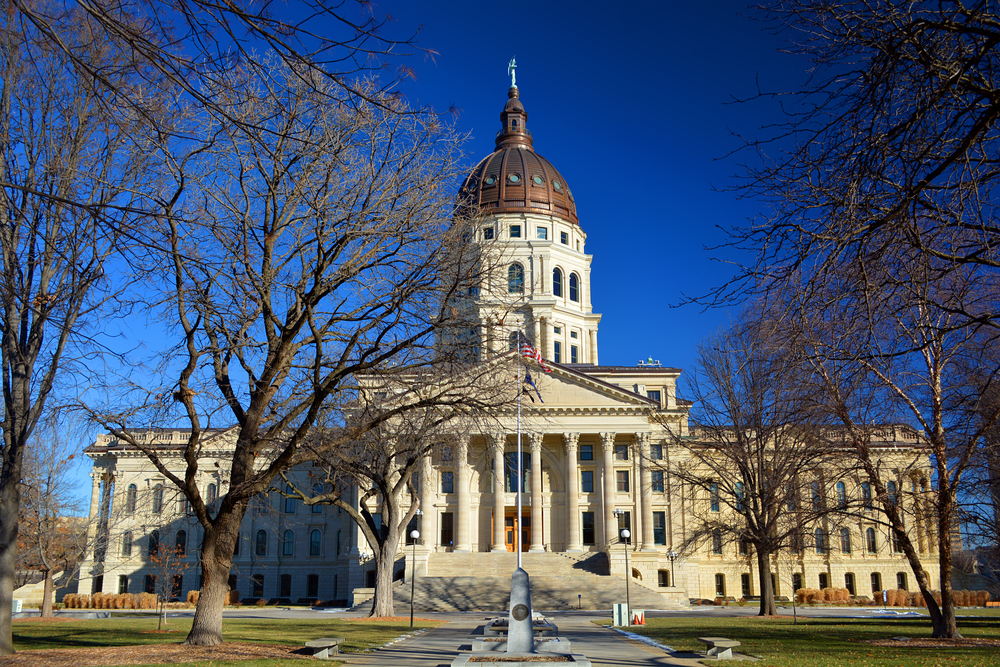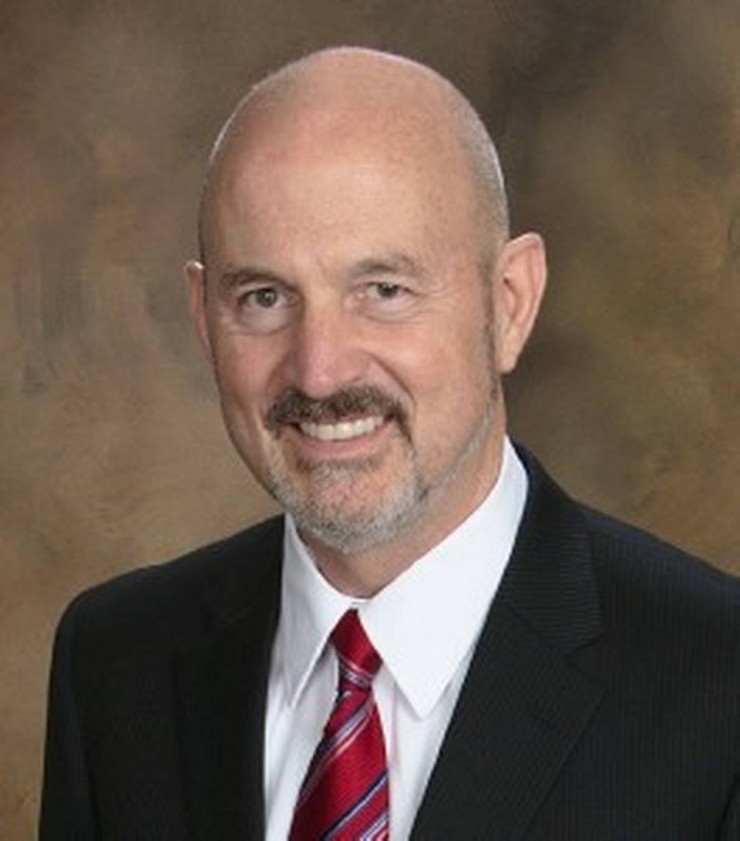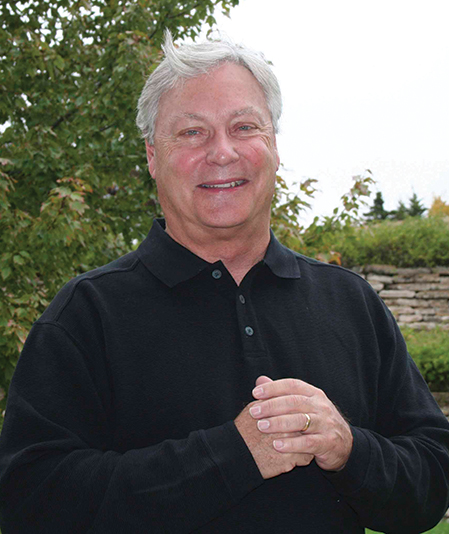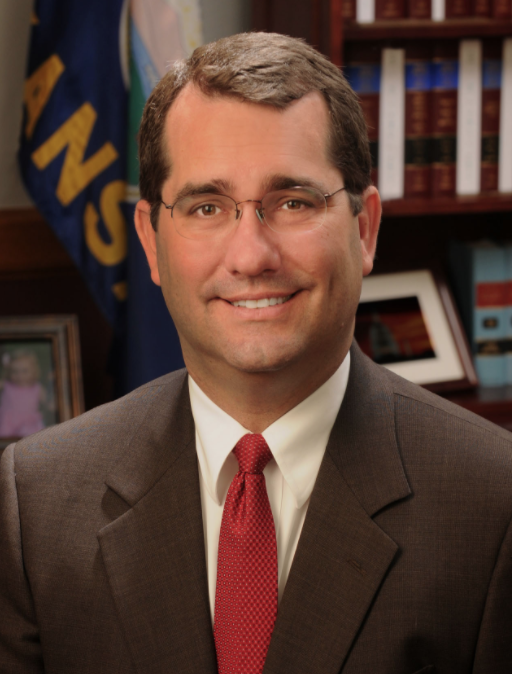Letter to Ellis County Commissioners Dean Haselhorst and Marcy McClelland
RE: Denial of Final Plat of
Blue Sky Acres Addition
to Ellis County, Kansas
Commissioners:
I am writing this letter on behalf of Mary Alice Unrein, owner of the land proposed as a residential development named Blue Sky Acres Addition to Ellis County, Kansas (Blue Sky Acres). When Mary Alice initiated the process of zoning and platting Blue Sky Acres she was courteous enough to write to each of the homeowners living in VonFeldt’s Subdivision to Ellis County and inform them of her plan with regard to Blue Sky Acres and offered to visit with them about her plans.
In what should have been a rather routine matter of Mary Alice exercising her property rights, conforming to all the rules and regulations and policies currently in place in Ellis County related to the platting of her land, has instead been met with continued delay, obstruction and harassment by the owners of the seven (7) homes in VonFeldt’s Subdivision and one – just one – Ellis County Commissioner, Marcy McClelland, who all apparently believe there is some inalienable right under the Constitution to never have a neighbor if they don’t want any. It is a certainty that no other person who has platted land in Ellis County or any of its cities has had to experience what Mary Alice has endured to this point. And over the past thirty (30) years I can’t recall one Final Plat that has been denied, much less on the basis of some nebulous notion such as fear of possible pollution or potential for water wells to dry up in the future. Who knows, maybe someday climate change will be enough.
Instead, she has had to suffer through a year-and-a-half-long bizarre surreal nightmare, involving senseless, disorienting and menacing complexity in which no matter which way she turned or how often she met the demands made upon her or answered the questions presented to her by various individuals and governing boards, she was met with yet another obstacle to overcome. She was powerless to understand or control what was happening to her. She didn’t stand a chance.
And despite disingenuous pronouncements that there are more important things to consider than the almighty dollar, such as water and the remotest possibility of pollution, both of which are sufficiently protected by the planning, subdivision regulations and environmental code of Ellis County, Commissioner McClelland’s decision to deny the Final Plat of Blue Sky Acres rests on no substantive basis. Her decision is all the more incredulous when viewed in light of her repeated past public expressions of support of Blue Sky Acres in public meetings, up until of course her last minute change.
Let me illustrate:
On January 14, 2016 the Hays City Commission under authority granted to it by an interlocal agreement established by Ellis County Resolution No. 2007-8 between it and Ellis County, approved rezoning the real estate constituting the proposed Blue Sky Acres from A.L. to R.S.
On February 15, 2016 the Preliminary Plat of Blue Sky Acres was approved by the Hays Area Planning Commission based importantly on the letters it received from various individuals and departments related to every element required by planning and subdivision regulations governing the three (3) mile limits surrounding the City of Hays which were examined by the planning commission before making its decision.
On April 18, 2016 the Final Plat of Blue Sky Acres was approved by the Hays Area Planning Commission. The plat and plans, having been approved by the planning commission, were delivered to the county commissioners for their approval. It is undisputed that the proposed plat and plans were prepared in accordance with the ordinances and regulations governing the three (3) mile limits of the City of Hays and were in full compliance therewith.
On November 7, 2016 the Ellis County Commission acting with only Commissioner Dean Haselhorst and Commissioner Marcy McClelland (Commissioner Barbara Wasinger recused herself from the matter entirely) failed to take action on the Final Plat of Blue Sky Acres when Commissioner Marcy McClelland refused to second a motion to approve the Final Plat.
On November 21, 2016 the Ellis County Commission, based on a motion to approve the Final Plat, rejected the Final Plat of Blue Sky Acres by a vote of 1-1, Commissioner Haselhorst voting to approve and Commissioner McClelland voting no, despite the fact that she expressed her support of Blue Sky Acres at the December 7, 2015 county commission meeting and at various other times since that date. The only reasons given for the rejection of the plat and plans were certain objections made by the homeowners of VonFeldt’s Subdivision and one lone member of the governing body which had no basis in existing planning or subdivision ordinances or regulations. There is nothing in the record to disclose that the final plat and plans for the development were in any way opposed as being contrary to regulations or ordinances adopted by the Hays and Ellis County.
What happens next?
K.S.A. 12-752 does not provide for the right to appeal the denial of the Final Plat of Blue Sky Acres Addition.
In the absence of a statutory right of appeal, relief from illegal, arbitrary and unreasonable rejection of the Final Plat of Blue Sky Acres Addition can be obtained by using the remedy of mandamus – a proceeding to compel a board, such as the Ellis County Commission, to perform a specified duty.
The approval of the plat and street plans is a purely administrative act and can be rejected only upon grounds that it does not comply with existing ordinances and minimum requirements duly established by the city and the county. The evidence submitted by parties shows that the plat and street plans are in conformity with the existing ordinances and that the only objections expressed at the time of the trial were certain requirements made by individual homeowners or members of the governing body, not relying upon existing ordinances or city regulations.
(See letter from Jesse Rohr, Planning Inspection Enforcement Superintendent for the City of Hays. Kansas)
Even in the context of zoning decisions made by a planning commission which are much more likely to involve the element of discretion, its discretion must be exercised within the limits of the regulations and its statutory authority. Approval of a plat is improperly denied where the plat conforms to all zoning and subdivision regulation and planning commission standards. Denial must be based on violation of regulations and standards which are within the authority conferred by the enabling legislation.
By reason of the foregoing statute (K.S.A. 60-802(c)), plaintiff (Mary Alice Unrein) is entitled to recover as damages attorney’s fees as well as her other costs in cases where an order in mandamus has been issued.
Why is this important?
From a practical standpoint a citizen should be able to rely on a governing body, its ordinances, its properly-designated officials and the requirements established by such officials under the proper exercise of their authority so when such citizen simply wants to exercise her property rights and strictly complies with the law, ordinances and the requirements of such officials she is not acting on chance alone. Otherwise a person who might want to plat and develop real estate is paralyzed with absolute uncertainty because decisions made by commissioners can be based on whatever reason such commissioners can conjure up with their fertile imaginations or on pure whimsy for that matter.
In view of this holding it follows that the denial of approval by Commissioner McClelland of the plat and plans of Blue Sky Acres, which admittedly were in full compliance with all duly adopted regulations and ordinances, constituted arbitrary, capricious and unreasonable action on the part of the Ellis County Commission. A trial court, therefore, would not err in ordering the governing body of Ellis County to approve the plat and plans of Blue Sky Acres for filing with the Register of Deeds and to permit Mary Alice Unrein to continue the development of the tract in accordance with the established ordinances and regulations governing the three (3) mile limits of the City of Hays, Kansas.
(Italics above indicate language borrowed and paraphrased from Kansas Supreme Court and Appellate cases.)
Mary Alice Unrein has always acted with quiet demeanor and class throughout this long, mind numbingly laborious process leading to nowhere. Prior to the writing of this letter she has visited with her legal counsel and though she’s certainly under no obligation to do so (particularly given the way she has been treated this whole time) she has decided nevertheless, in keeping with her character, to give the Ellis County Commissioners thirty (30) days from the date of this letter to reconsider their unreasonable and arbitrary denial of the exercise of her fundamental and legal property rights.
In the event the Commissioners refuse to perform their legal duty in this matter, Mary Alice Unrein has authorized me to find litigation attorney(s) who will file a mandamus action against the Ellis County Commission, as well Commissioners Marcy McClelland and Dean Haselhorst. Also, please be advised that according to K.S.A. 60-802(c), if successful, she will seek reimbursement of her costs and legal fees as part of the damages she has incurred in this matter.
Sincerely,
Thomas M. Wasinger




